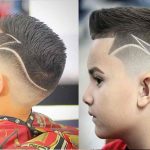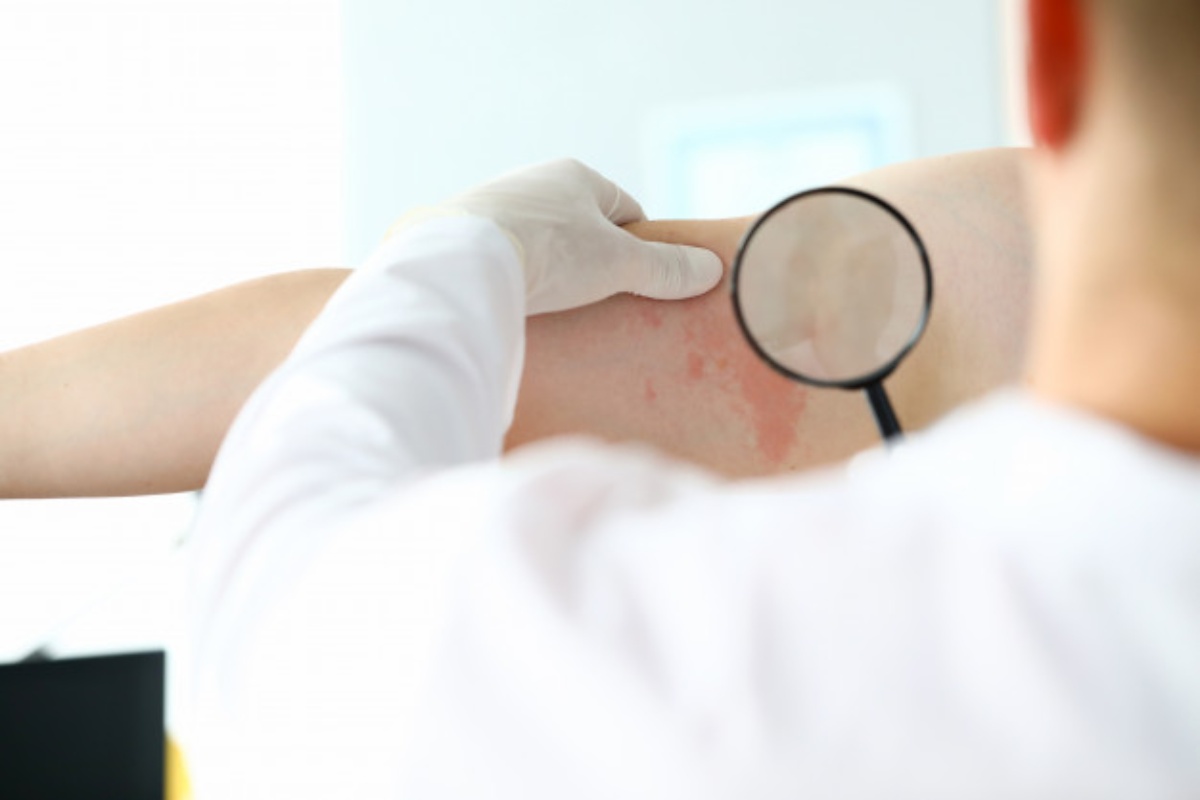Skin Fungus: Cutaneous mycosis is a type of disease that causes the presence of fungi on the skin that causes itching, redness. And peeling and can reach any area of the body, being more common in summer. Since heat and sweat favor the growth of mushrooms. that inhabit the skin, causing infection. Learn more about athlete’s foot symptoms.
There are several types of cutaneous mycosis. Which can be classified according to the affected area and the fungus that causes it:
Do not take this excerpt as a full and final diagnosis. If you are dealing with a skin issue which is taking a painfl turn, rather than diagnosing yourself on the internet it is better to go to ArabiaMD and find yourself the best dermatologist.
Table of Contents
Nail fungus
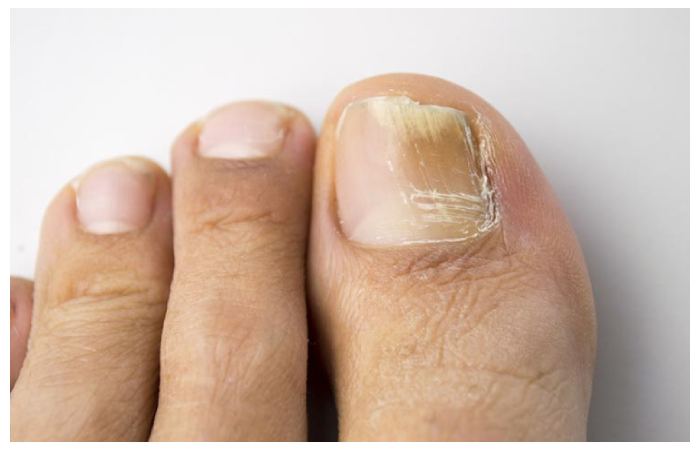
Also known as onychomycosis. This is an infection in which the nail remains yellowish, deformed, and thick. And can spread to areas around the nail or other nails, most commonly the toenails. Learn more about nail fungus.
How to treat:
Nail fungal infections treat with pill medications prescribed by a dermatologist, such as fluconazole or itraconazole, or by applying an ointment or nail polish. Another option is to use a laser, which eliminates the fungus by emitting infrared rays.
Treatment of nail fungus is delayed because the fungus eliminates only when the nail grows back. Therefore, treatment for fingernail mycosis usually takes about 6 months, and for toenail mycosis, 12 months.
Candidiasis
Candidiasis is an infection that causes the fungus Candida albicans, which occurs naturally in men and women in the mouth and genital area. Still, due to changes in immunity, it can increase its growth, leading to signs and symptoms of a yeast infection.
Vaginal candidiasis is a very common infection in women due to the increase in the population of this fungus, which occurs mainly when the immune system is weakened, in cases of diabetes, with poor hygiene habits, or after treatment with certain antibiotics. or corticosteroids.
Oral candidiasis is an infection that mainly affects infants due to their underdeveloped immune systems or in adults with a weakened immune system due to influenza, a chronic illness, or HIV.
How To Treat:
Treatment for oral candidiasis can be done at home using antifungal agents in gel, liquid, or mouthwash form such as nystatin for 5-7 days. However, in the most severe cases, treatment with antifungal agents, such as fluconazole, as directed by a doctor. Learn more about treating oral yeast infections.
Pityriasis Versicolor
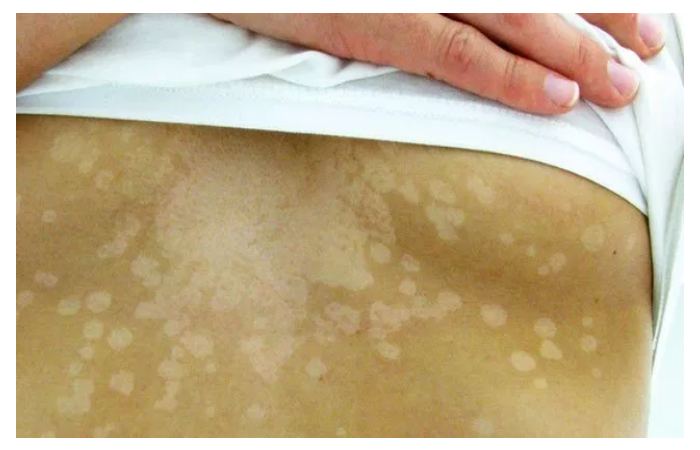
This is a type of athlete’s foot that causes the Malassezia furfur fungus, which produces a substance that prevents the skin from producing melanin when exposing to the sun. In the places where the fungus is seen, the skin causing the appearance of small white spots. Learn more about the symptoms of pityriasis Versicolor.
How To Treat:
Beach mycosis treats with medications such as fluconazole or locally applied antifungal agents. Such as creams, ointments, lotions, or sprays, depending on the severity of the skin lesion. If the mycosis returns immediately after treatment, you should see a dermatologist for more specific treatment.
Athlete’s foot
It is known as tinea pedis. It is a type of cutaneous mycosis caused by fungi Trichophyton, Mycrosporon, or Epidermophyton that mainly affects the sole and between the toes.
How To Treat:
Treatment usually consists of antifungal creams or ointments, but in some cases, symptoms may not improve with these types of creams alone, and therefore a doctor may prescribe them. Itraconazole, fluconazole, or terbinafine antifungal tablets, about 3 months.
Jock itch
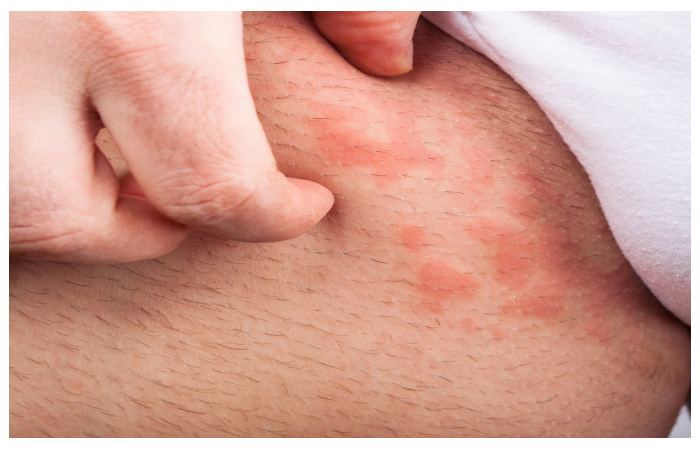
This athlete’s foot, also called sports itch, is caused by the fungus Tinea cruris. Which is more common in obese people, athletes, or people who wear clothing that is too tight due to the hot and humid environment that promotes its development.
How To Treat:
Treatment usually consists of antifungal creams or ointments such as clotrimazole or econazole.
Tinea Capitis
Also known as Tinea capitis, it is a mycosis that causes various fungi that can cause hair loss, scalp psoriasis, atopic dermatitis, and alopecia areata, among others. Learn more about scalp psoriasis symptoms.
How To Treat:
Treatment consists of using shampoos or lotions with resin or salicylic acid, or clobetasol propionate, which may associate with antifungal agents such as ketoconazole.
Ringworm
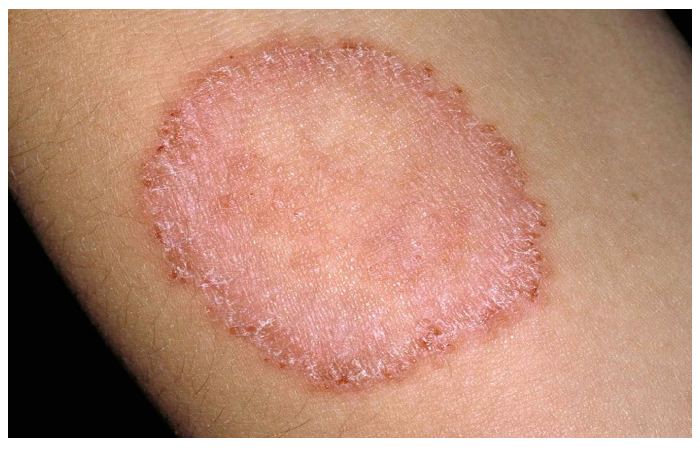
This mycosis, also known as tinea corporis, can develop anywhere on the body and is characterized by a red skin rash with lighter skin in the middle. Learn how to identify and treat ringworm.
How To Treat:
Treatment with antifungal creams and ointments such as clotrimazole, ketoconazole, isoconazole, or terbinafine. However, if symptoms do not improve with just this type of cream, you should consult your doctor to prescribe antifungals. Pills such as fluconazole or terbinafine.
Home Treatments For Cutaneous Mycosis
Mycosis can also treat or alleviates with home remedies. Such as rubbing a nail with chlorhexidine on the nails or dipping your feet in a bucket of mint.
Other home remedies for yeast infections in women are sitz baths with baking soda and plain yogurt in the vagina. They reduce the acidity of the vagina by stopping the growth of fungi that prefer a more acidic environment to grow. Men can also use this home remedy. Learn more about home remedies for yeast infections.
Possible Causes
Fungi are the leading causes of mycosis on the skin. However, other conditions must meet for the development of the disease. Such as suppression of the immune system, hot and humid environments, and, in most cases, it must be contagious.
Infection can occur more often after taking antibiotics. The bacteria present on the skin reduces, allowing the fungus to multiply. In addition to this, walking barefoot in public places such as beaches, swimming pools, and bathrooms, poor circulation, damaged nails, unprotected sex, excessive showers, excessive sweating, wearing tight clothing, and going to places that are too humid. And hot increases the risk of developing an athlete’s foot.




